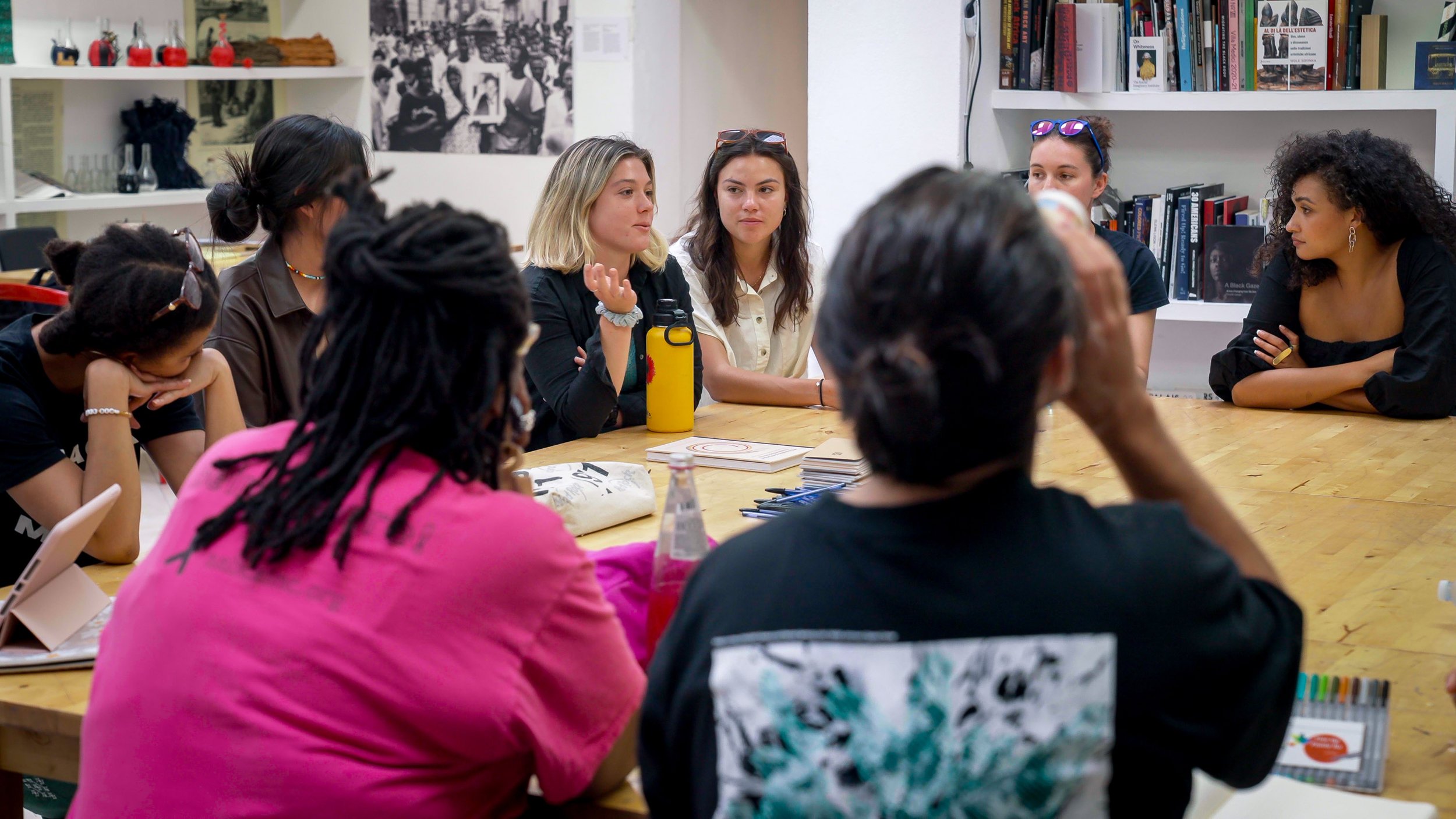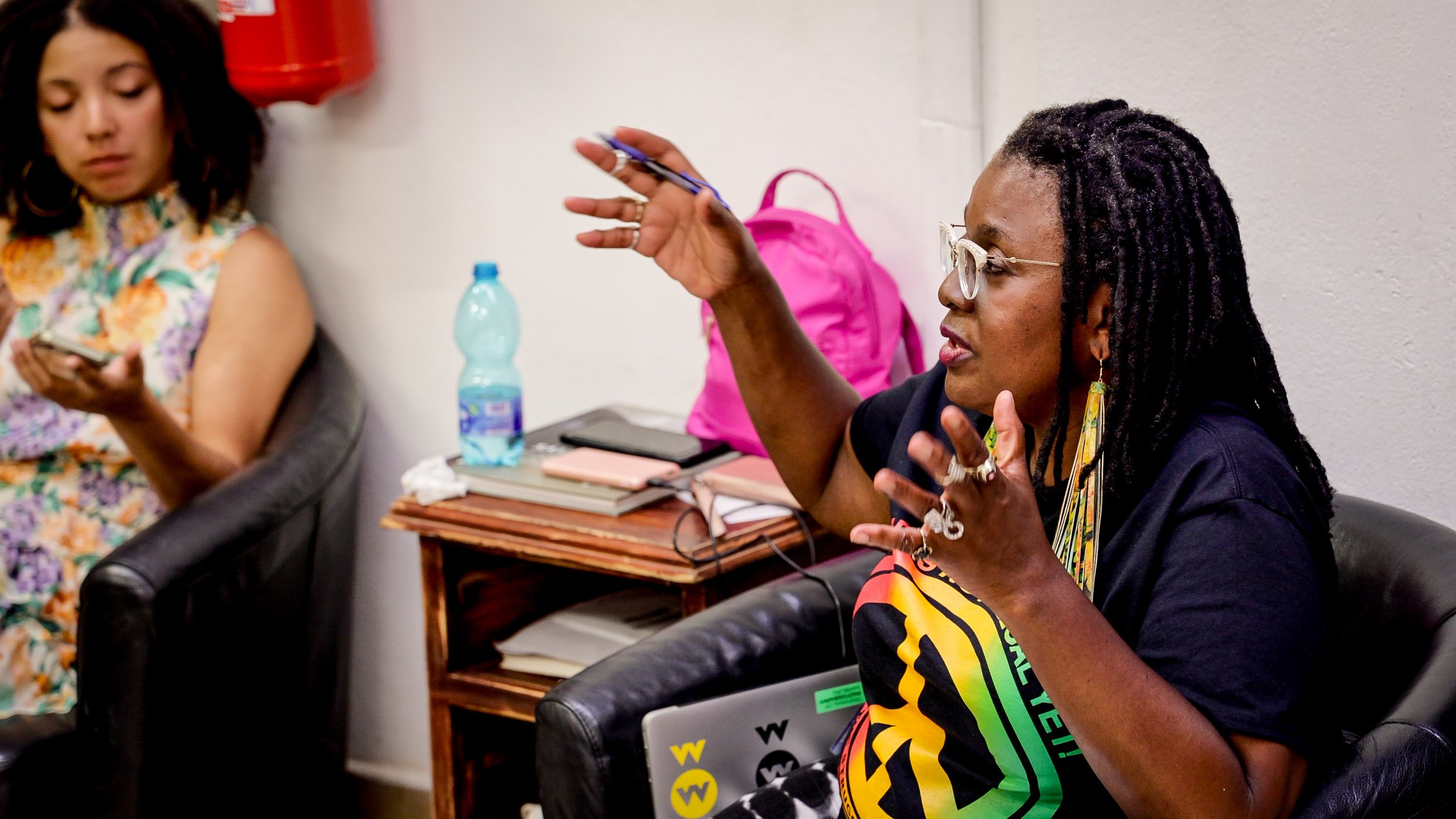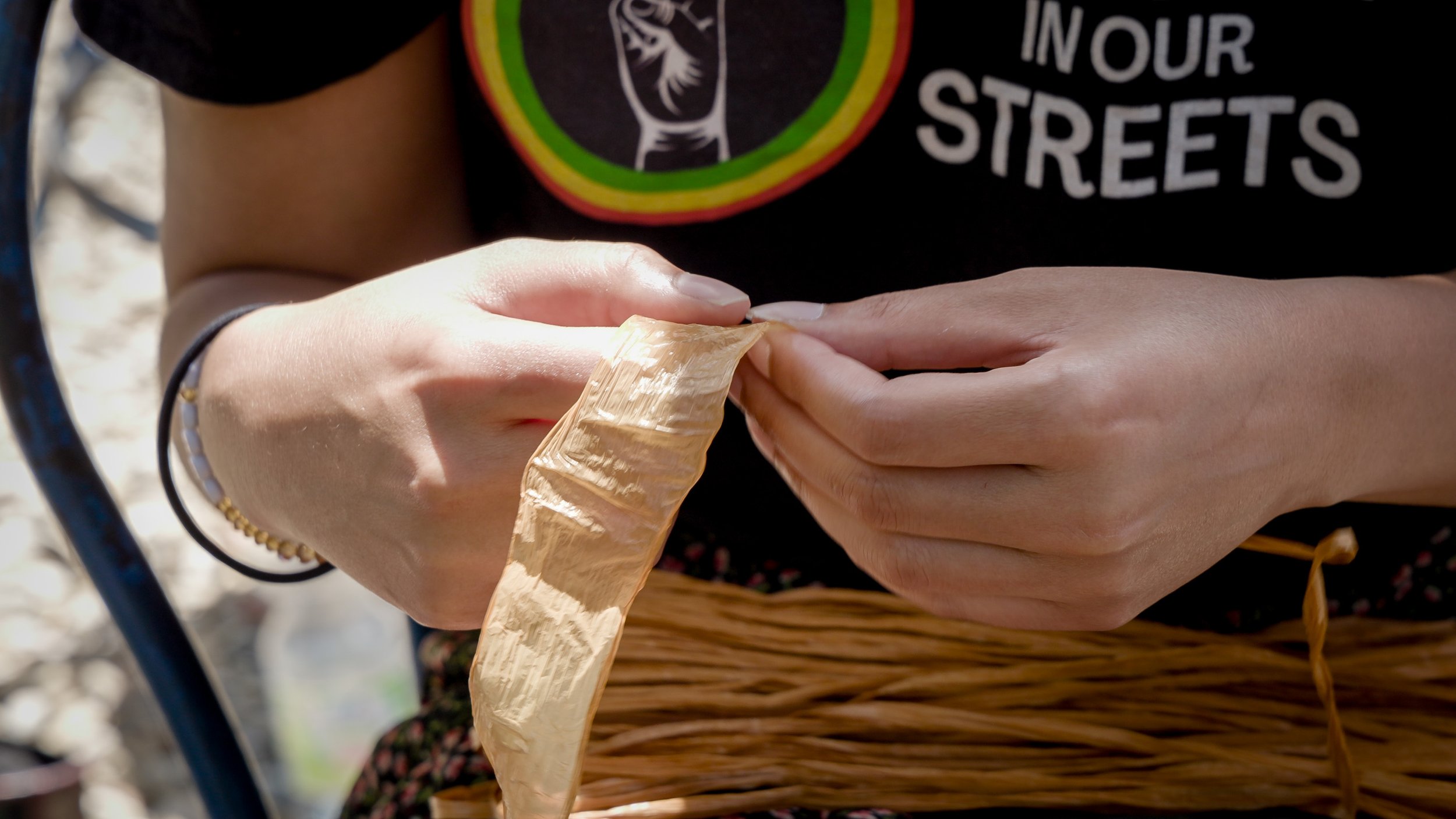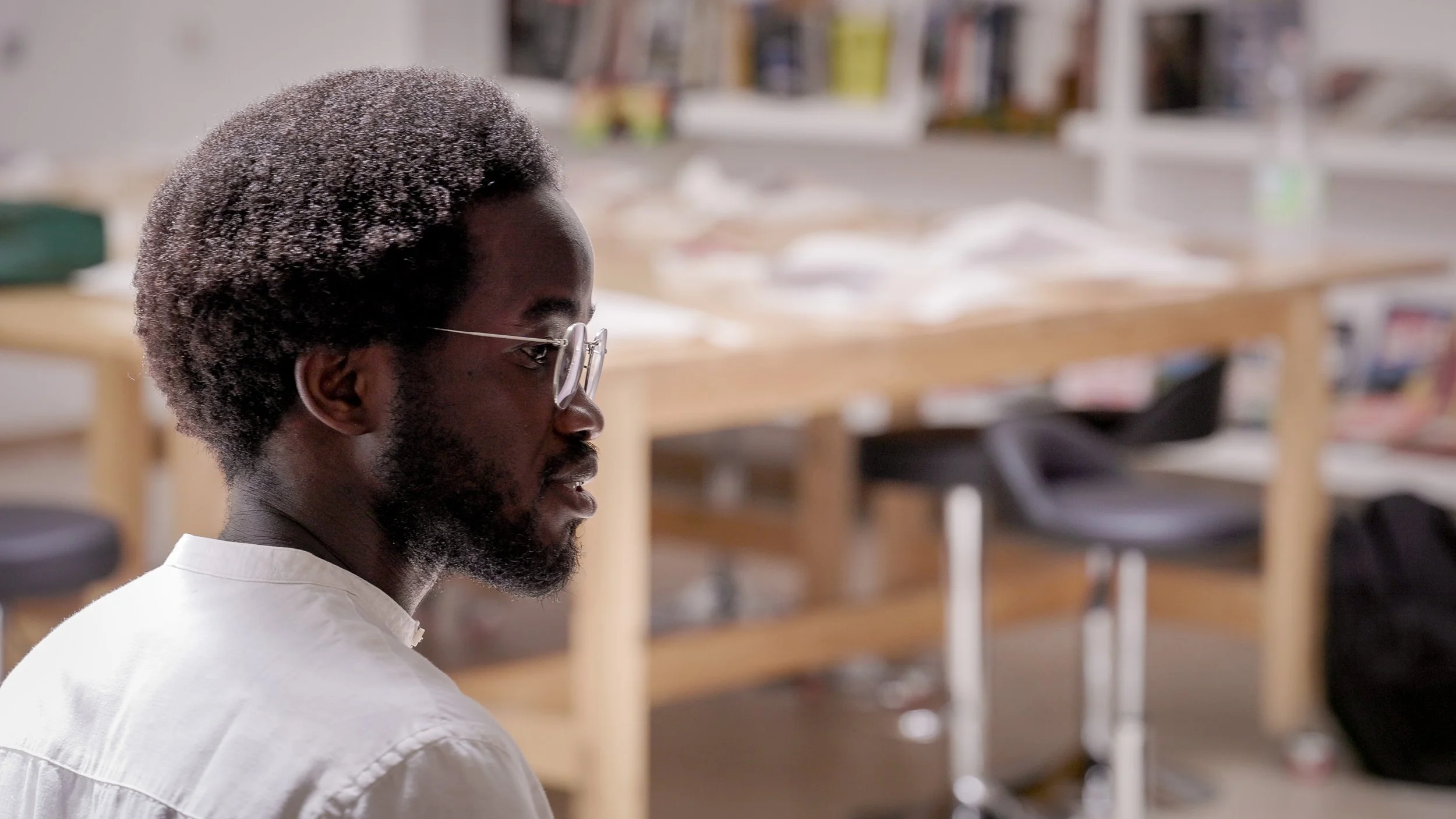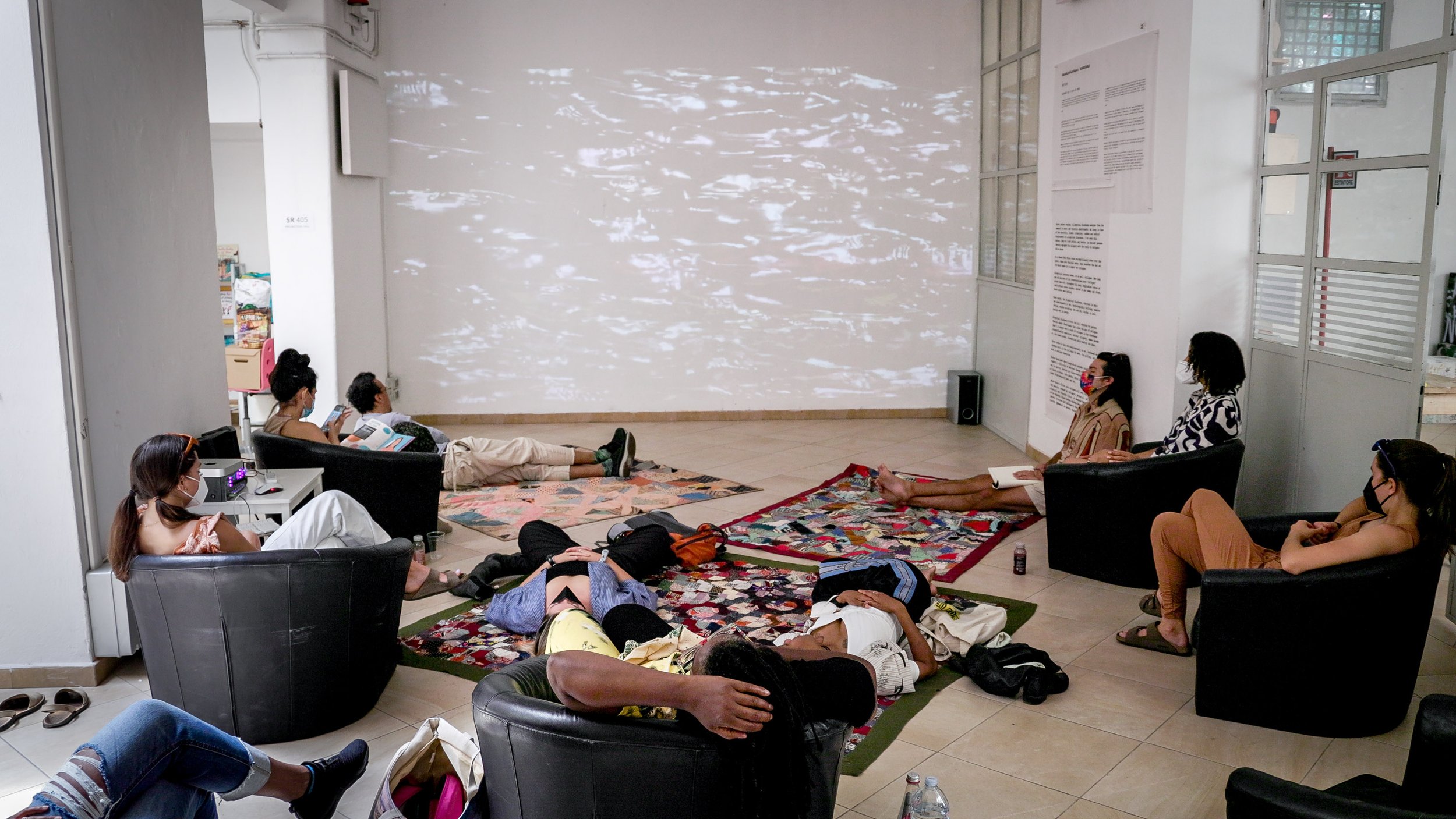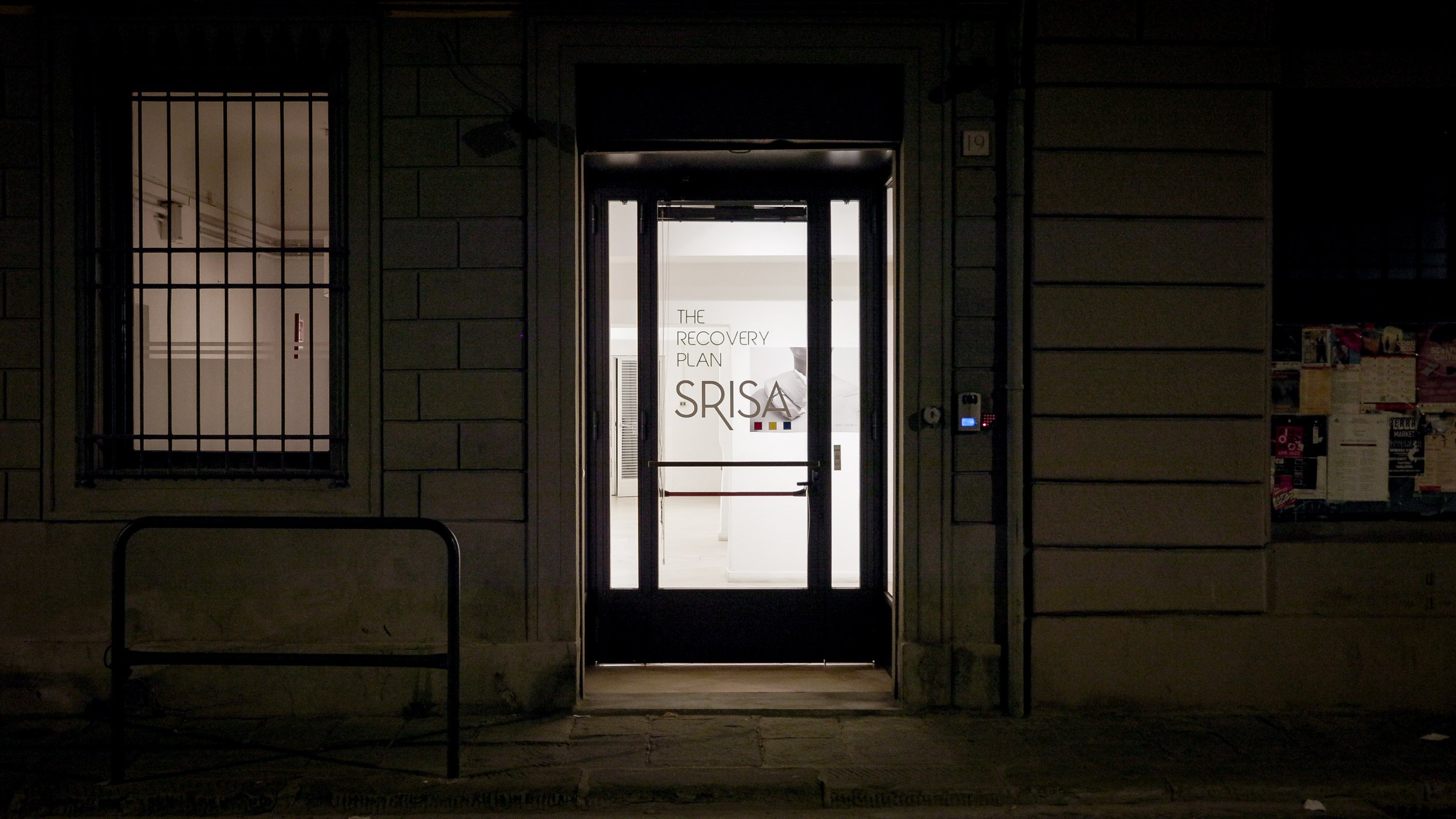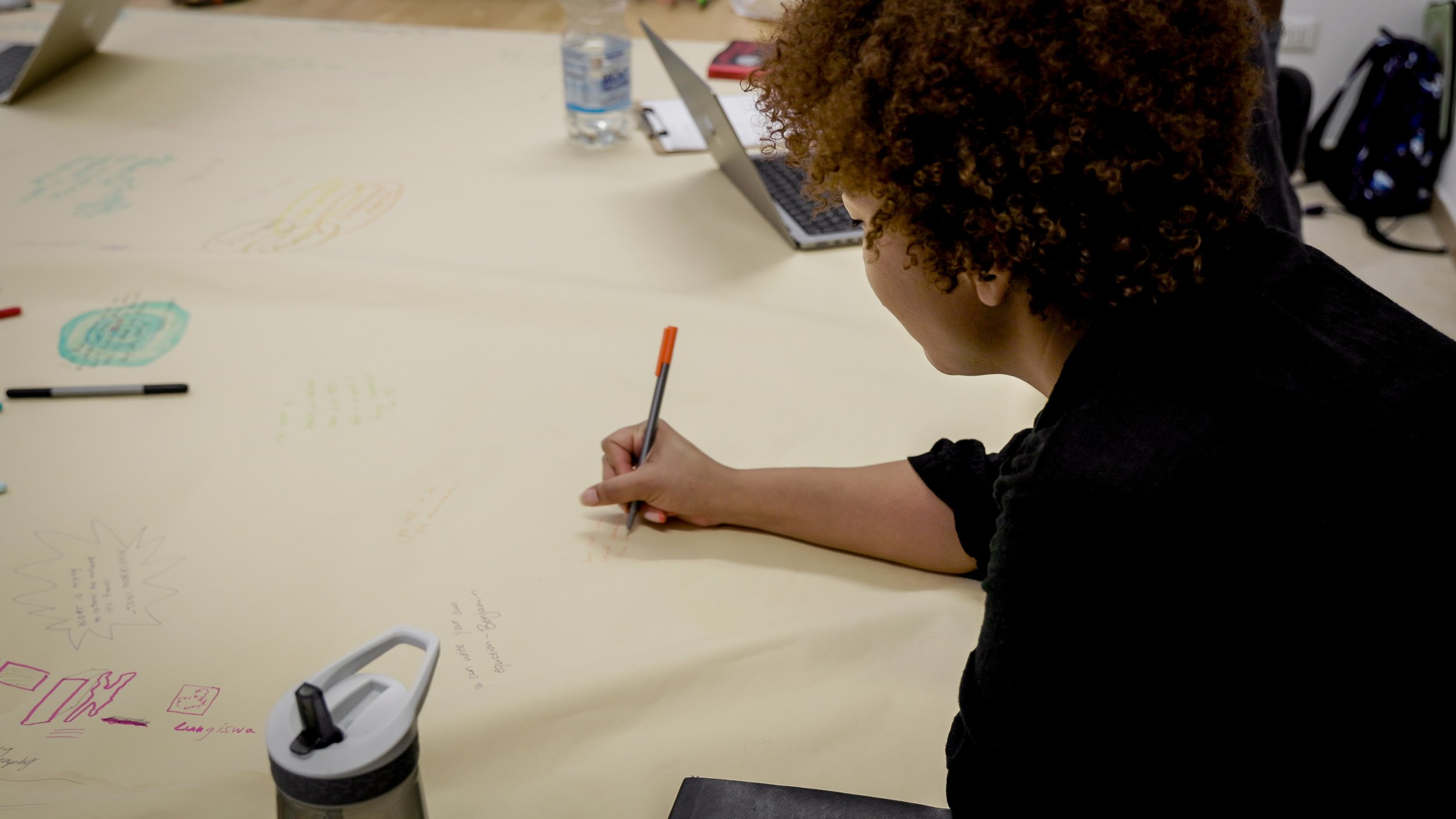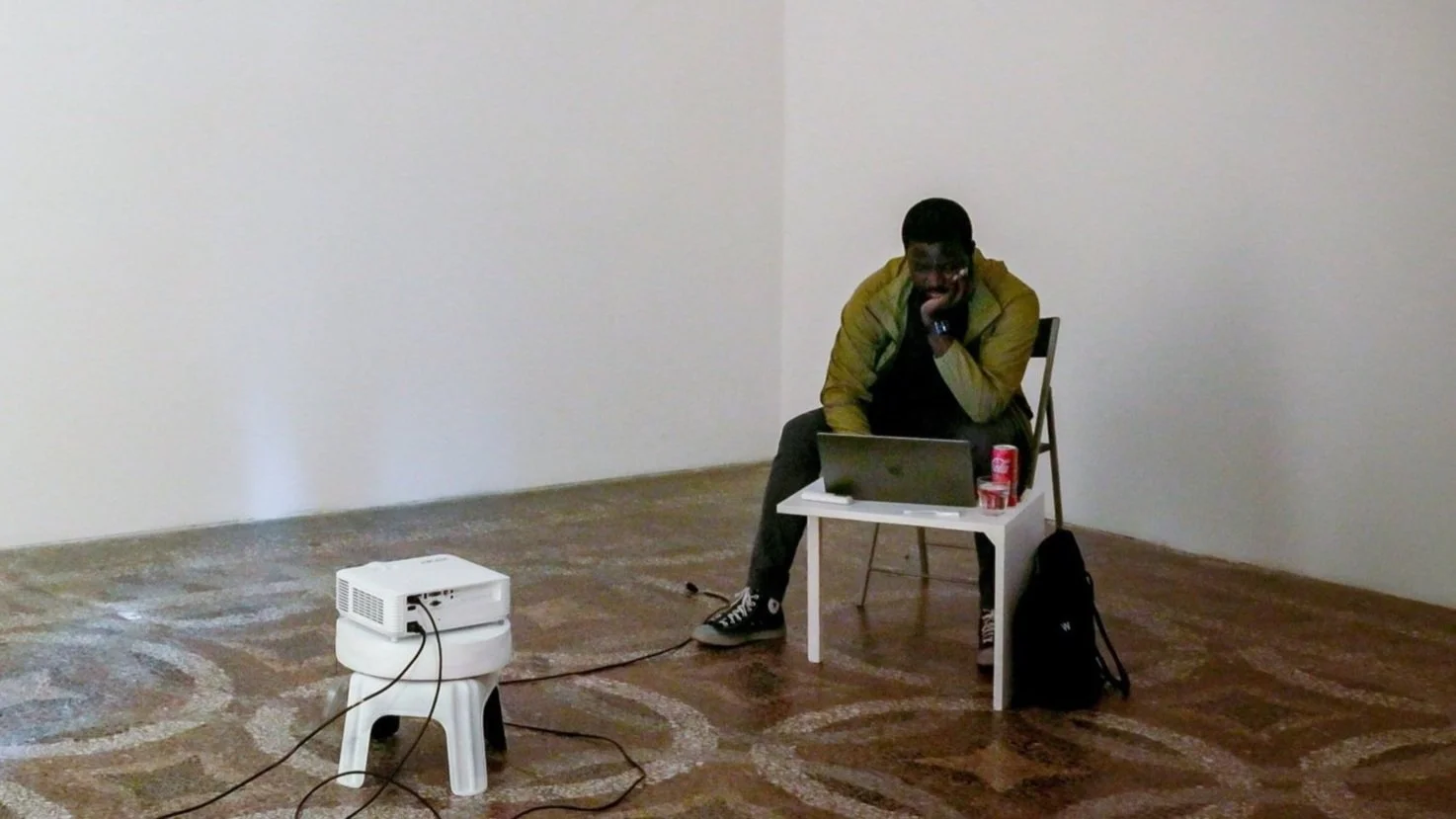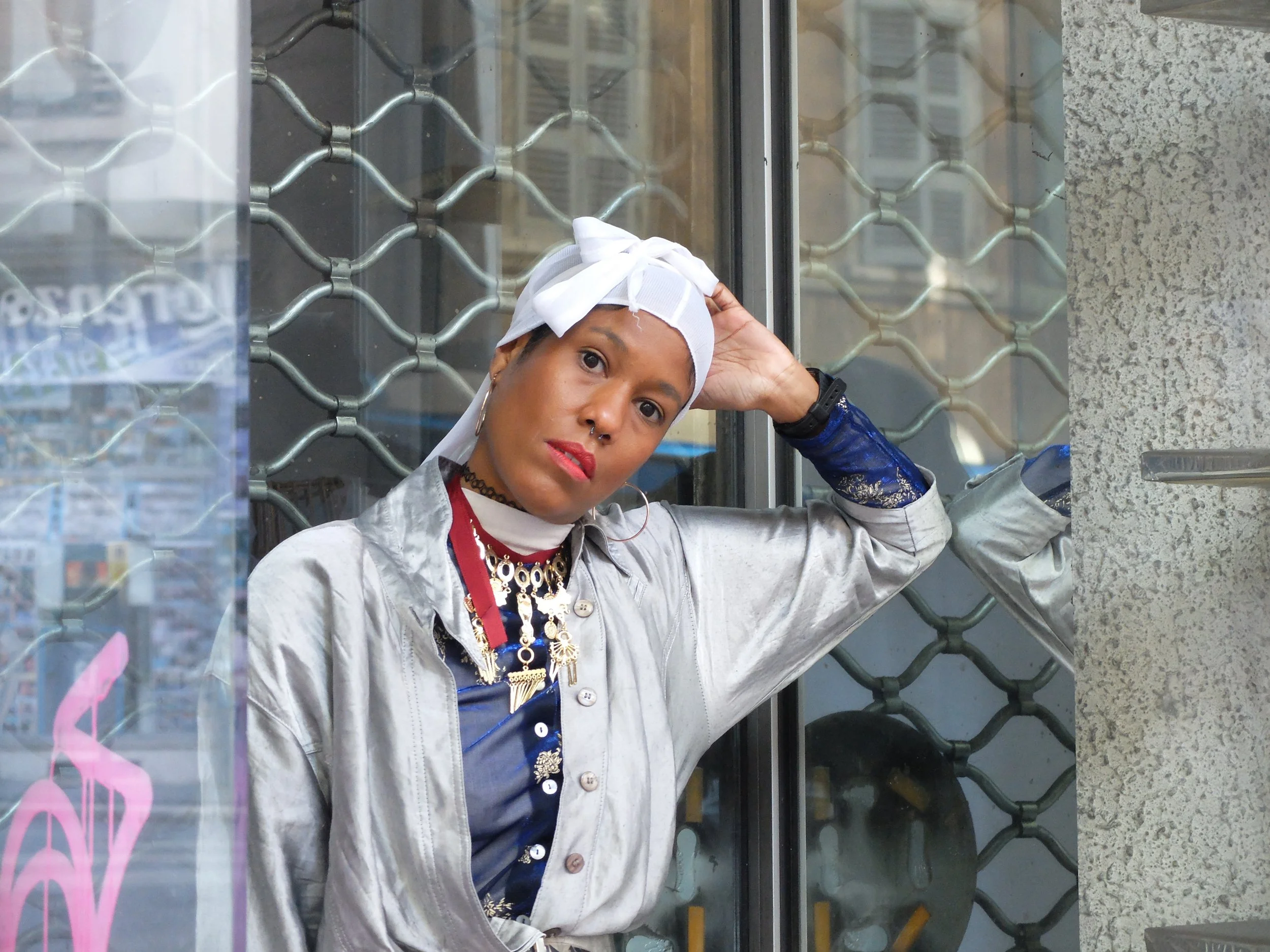EARTH | ART | SPACE | TIME
THE RECOVERY PLAN
EARTH | ART | SPACE | TIME Justice in Geoscience: Retreat is designed to facilitate team building amongst those engaged in the writing of the living archive and report connected to The Second National Conference: Justice in Geoscience. Recognizing the need for sites of gathering that are not designed based on notions of production, this retreat is about taking the time and space needed to facilitate informal creative exchange. The city of Florence is the backdrop for this exchange. A critical lens on contemporary cultural realities is coupled with notions of healing. Hosted by the research center The Recovery Plan, a Black cultural center designed to engage in transdisciplinary methodologies and artistic research, this retreat brings artists, arts professionals and scientists together in a co-learning and sharing environment.
OBJECTIVE
The objective of this retreat is to expand upon the art/science exchange and to provide “food for thought” and creative stimuli towards the creation of a living archive and report based on the conference activities. SNC is set to culminate in the publication of the 2072 Report, a roadmap that scholars and community members can use to advance DEI in geoscience over the next fifty years. Documentary and art filmmaker Bradly Dever Treadaway joins the retreat in order to provide documentation and creative strands that are of service to the report itself. These documentary chapters are also realized in support of the work to be carried out by the participants of the retreat forging alliances with artists and art-based research methodologies in the form of open sharing that aims to increase exposure and relevance around participation in the geosciences.
Featured Guests
Lungiswa Gqunta
Chris Cyrille-Isaac
Buhlebezwe Siwani works with performance, photography, sculpture, and installation. Siwani’s work interrogates the patriarchal framing of the black female body and black female experience within the South African context. As an initiated Sangoma, a spiritual healer that works within the space of the death and the living, Siwani focused her artistic practice into rituality and the relationship between Christianity and African spirituality. Central to her work is her own body, which operates in multiple registers as subject, object, form, medium, material, language, and site. Her work can be described, although not literally, as the documentation of a diverse set of performances, which are rendered through video, photography, sculpture, installation, and works on paper. Each of her projects deals with the relationship between ancestral rituals and modern life, touching social and political topics, such as the female body, black communities, histories of colonization, and the paradoxes of our contemporary society, all seen through the filter of the artist’s own biography and experience.
Chris Cyrille-Isaac is a poet, art critic, and independent exhibition storyteller. He graduated in Philosophy and Art Theory at Paris 8 University and worked for several French magazines. Chris Cyrille-Isaac is a member of AICA (International Association of Art Critics), and has received the Dauphine Prize for Contemporary Art in 2017; the Young Curator Prize of the 69th edition of Jeune Création; and the AICA France Prize in 2020. He was the curator of the exhibition « – Mais le monde est une mangrovité » (2021, Galerie Jeune Création), of which he is co-directing the catalogue (Rotolux, 2022). He is currently resident at the Ateliers Médicis. As a theorist and poet, he is interested in Caribbean philosophies and aesthetics.
Ibrahim Mahama
Buhlebezwe Siwani
Bartira’s work speculates on the digital age. Her practice envelops a diverse range of formats and techniques: sound installations, live electronics performance, an online-based project(now in hibernation), performance workshops, sound intervention, and writing. It focuses predominantly upon the use of media, cultural artefacts embedded in processes of “making” and black intel escapism to imagine reliable futures. Objects, pieces of technology, and field recorded material are inquired and purposely re-imagined through digital, DIY, and lo- technologies, hacking and cracking techniques to comment on the materiality of technology, global (un)-sustainability, pop, and folk cultures.
Lungiswa Gqunta is an artist working in performance, printmaking, sculpture, and installation. Lungiswa deconstructs spatial modes of exclusion and oppression by addressing the access to and ownership of land, unraveling multisensory experiences that highlight persistent social imbalances – legacies of both patriarchal dominance and colonialism. She aims to disrupt this status quo with material references to guerrilla tactics and protest: her installations consist of quotidian objects with the potential to become weapons and means to defend in the struggle that opposes the slow violence imposed by oppression in relation to labor, racial, class, and gender inequalities.
Ibrahim Mahama uses the transformation of materials to explore themes of commodity,migration, globalisation, and economic exchange. Often made in collaboration with others, his large-scale installations employ materials gathered from urban environments, such as remnants of wood, or jute sacks which are stitched together and draped over architectural structures. Mahama’s interest in material, process and audience first led him to focus on jute sacks that are synonymous with the trade markets of Ghana where he lives and works.
Bartira
